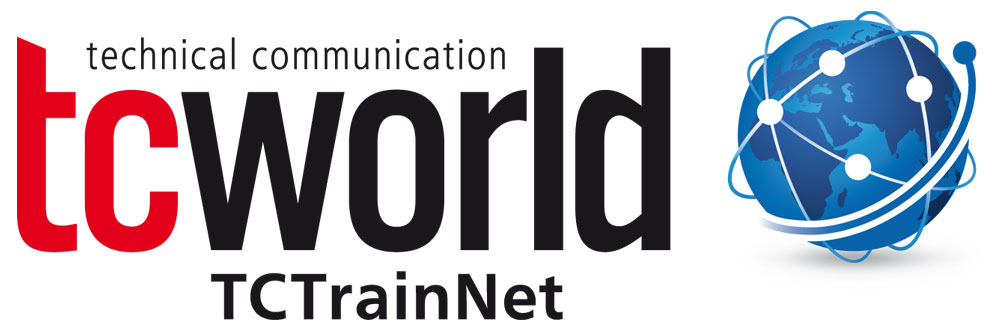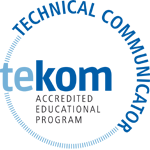The smallest units, or what are called topics, are equipped with metadata that define their classification into an information class. This results in a class concept as a structural framework for individual information structures. In technical documentation, an information structure is the same as an information product.
To standardize, the class concept defines:
- Topic classes: Pattern for the creation of topics with the goal of being able to create topics as selfcontained, context-independent content modules with a key message.
- Link classes: Templates for the interlinking of topics with the goal of being able to relate topics to one another via crossreferences, footnotes, index entries, hypertext links, pop-up windows, etc.
- Classes for information structures: Templates for the compilation of topics and links with the goal of being able to create different information products from topics and links.
For the formation of classes for topics, e.g. the following conventions are defined:
- Naming conventions
- Inner structure: Teaching concept
- Design: Style and design elements
- Scope: Approximate length of topics
- Content type: Differences between general and specific information
- Target group: Distinguishing criteria for the target group
- Application: Information type, such as e.g. instructive, explanatory, enumerative, descriptive
- Technology: Tools to be used for creation and display of content
With the conventions, patterns are created that apply to all topics of this class. A step-by-step, agile procedure is possible over the entire process so that, on the basis of just the first topic class, appropriate topics can already be created.



